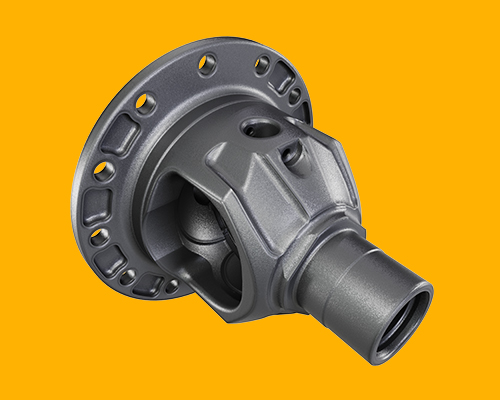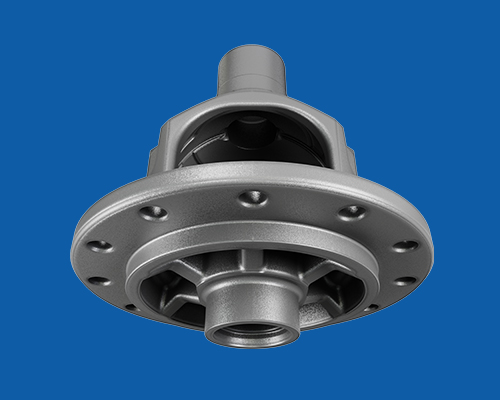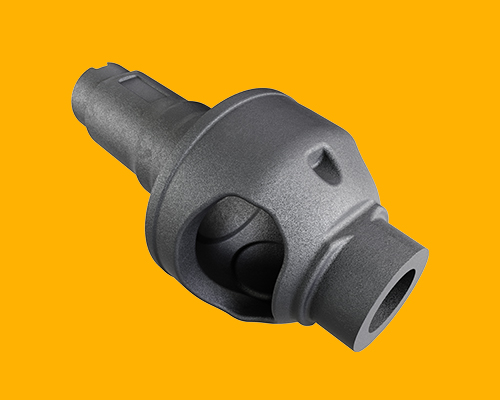The Evolution of Differential Case Technology
30th July 2024
Automotive engineering has seen significant advances over the years, with innovation transforming every aspect of vehicle design and manufacture.
One critical component that has changed remarkably is the differential case. This component plays a pivotal role in ensuring smooth and efficient operation of the drivetrain, allowing for differential wheel speeds when a vehicle turns.
The journey of differential case technology is testament to the pursuit of performance, efficiency, and reliability in automotive engineering.
The Dawn of Differential Technology
The concept of a differential can be traced back to ancient times, with the earliest documented use in China around 1000 BCE for chariots. However, it wasn’t until the 19th century that the modern differential began to take shape.
The invention of the bevel gear in the 1820s marked a significant milestone. This idea allowed wheels on the same axle to rotate at different speeds, crucial for navigating turns without causing tyre wear or loss of traction.
The early diff cases were rudimentary and constructed from basic materials. Cast iron was predominantly used due to its availability and the ease with which it could be cast into complex shapes.
While these early differentials were revolutionary, they were heavy and prone to wear, necessitating further advancements.
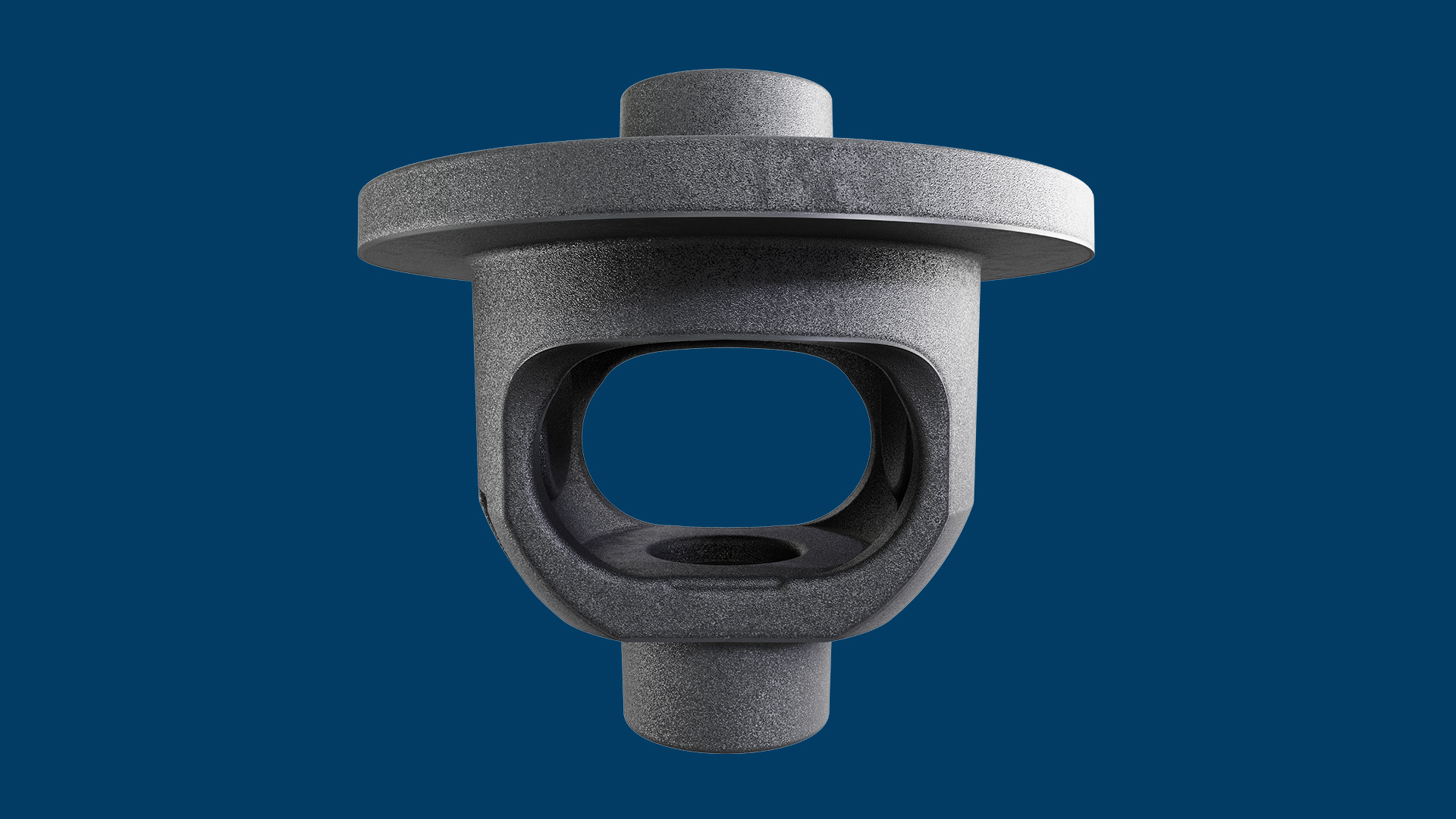
The Industrial Revolution: A Catalyst for Change
The Industrial Revolution brought about big changes in manufacturing processes and materials. Steel production saw remarkable improvements, leading to its adoption in differential case construction.
Steel offered superior strength and durability compared to cast iron, enabling the production of more robust differentials capable of withstanding the increased stresses of higher vehicle speeds and loads.
During this period, the development of hypoid gears revolutionised differential technology. Hypoid gears allowed for the differential to be positioned lower in the vehicle, reducing the centre of gravity and improving handling. This innovation was particularly beneficial for rear-wheel-drive vehicles, enhancing their performance and stability.
The 20th Century: Era of Rapid Innovation
The advent of the automobile mass production era, spearheaded by Henry Ford, necessitated improvements in manufacturing efficiency and component reliability.
Differential cases underwent significant changes to meet the demands of mass production and the increasing expectations of vehicle performance.
One notable advancement was the introduction of aluminium differential cases. Aluminium offered a big reduction in weight compared to steel, contributing to better fuel efficiency and handling characteristics.
Moreover, aluminium's excellent thermal conductivity aided in heat dissipation, crucial for high-performance applications. However, the higher cost of aluminium and its relative lower strength compared to steel posed challenges that needed to be addressed.
The mid-20th century also saw the emergence of limited-slip differentials (LSDs). LSDs improved traction by limiting the difference in speed between the two wheels, particularly useful in low-traction conditions. This was a game-changer for performance and off-road vehicles, enhancing their capability and safety.
Modern Era: Advanced Materials and Precision Engineering
More recently, the evolution of differential case technology has been driven by advancements in materials science and precision engineering. The automotive industry's shift towards lighter, more fuel-efficient vehicles has spurred the development of advanced materials such as high-strength steel, magnesium, and composites.
High-strength steel alloys have enabled the production of differential cases that offer a superior balance of strength and weight. These materials can withstand high stresses while contributing to overall weight reduction, aligning with the industry's push for improved fuel economy and reduced emissions.
Magnesium, one of the lightest structural metals, has found applications in high-performance and racing vehicles. Its excellent strength-to-weight ratio and good machinability make it an attractive option for differential cases. However, magnesium's high cost and susceptibility to corrosion and flammability pose challenges that manufacturers continue to address through innovative solutions.
Composite materials offer unparalleled strength-to-weight ratios, corrosion resistance, and design flexibility. While currently limited to high-end and racing applications due to their high cost and manufacturing complexity, ongoing research and development efforts aim to make composites more accessible for mainstream automotive use.
Precision engineering techniques, such as computer-aided design (CAD) and finite element analysis (FEA), have revolutionised the design and optimisation of differential cases. These technologies enable engineers to simulate and analyse the performance of different materials and designs under various conditions, leading to more efficient and reliable differential systems.
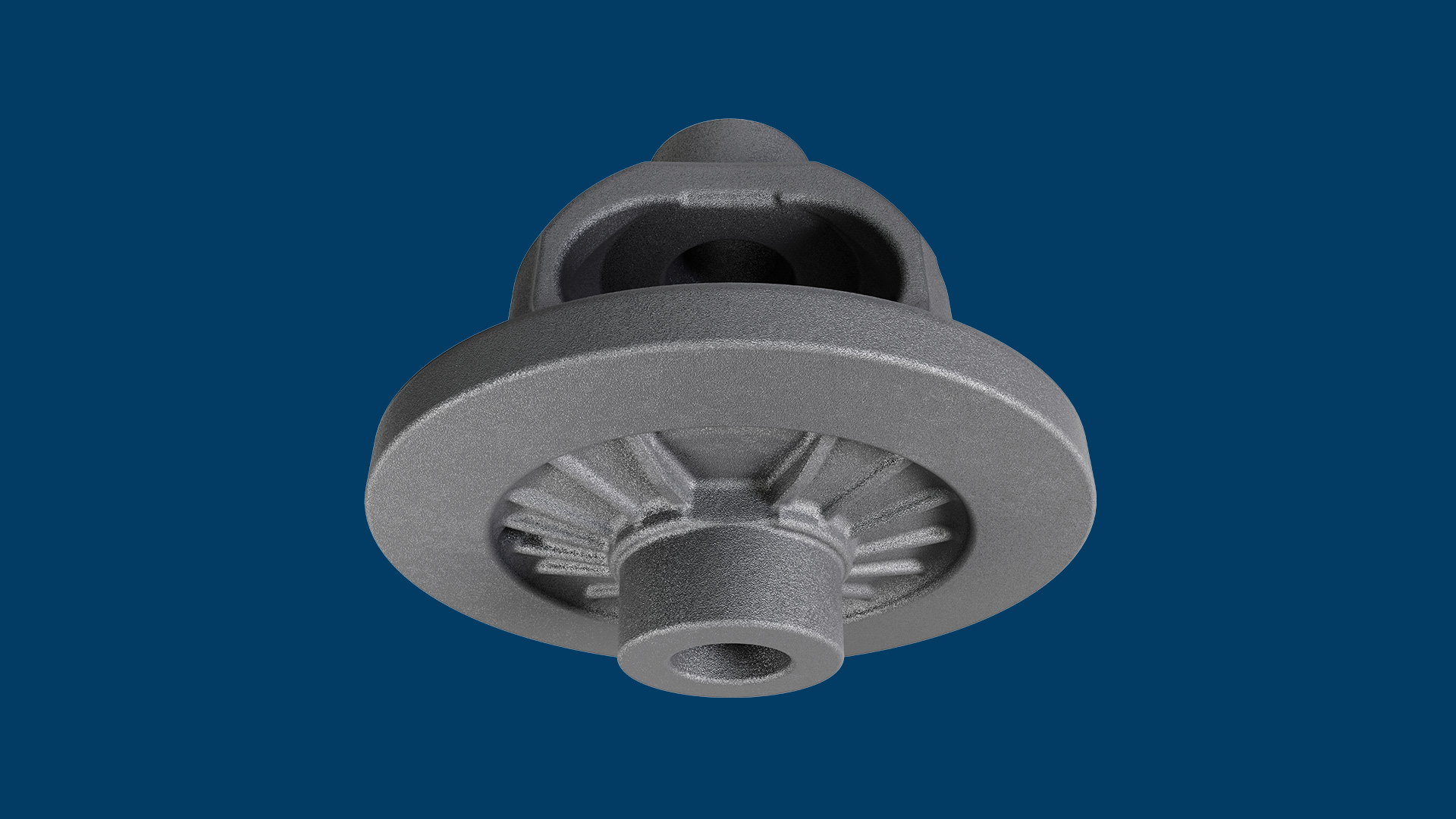
The Future: Towards Smarter and More Efficient Differentials
The future of differential case technology lies in the integration of smart technologies and further advancements in materials. The rise of electric and autonomous vehicles presents new challenges and opportunities for differential systems.
Electric vehicles (EVs), with their instant torque delivery, require differentials that can handle high torque loads efficiently. Advanced materials and designs will play a crucial role in meeting these demands.
Smart differentials, equipped with sensors and electronic control units, are poised to become more prevalent. These systems can dynamically adjust the torque distribution between wheels based on real-time data, enhancing traction, stability, and overall vehicle performance.
The integration of artificial intelligence (AI) and machine learning algorithms could further optimise differential performance, adapting to changing driving conditions and driver behaviour.
In conclusion, the evolution of differential case technology reflects the broader trends in automotive engineering towards improved performance, efficiency, and reliability. As the automotive industry continues to evolve, differential technology will undoubtedly play a crucial role in shaping the vehicles of the future.



